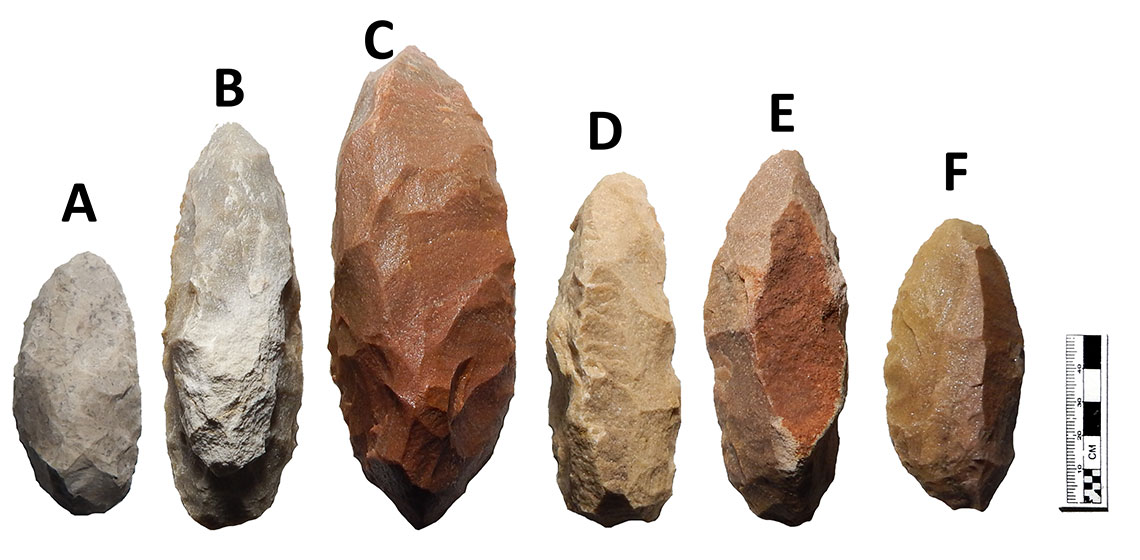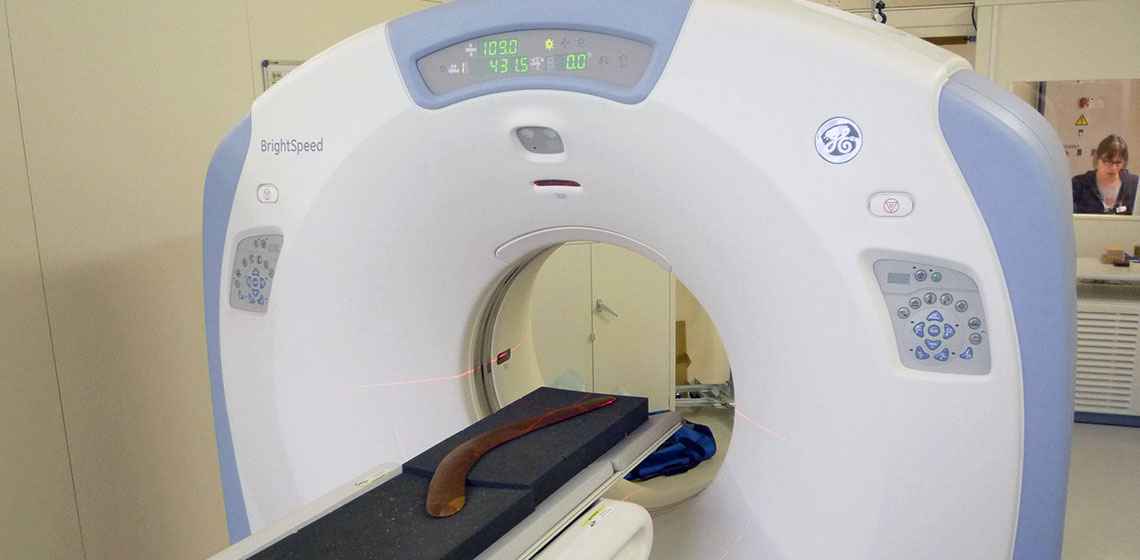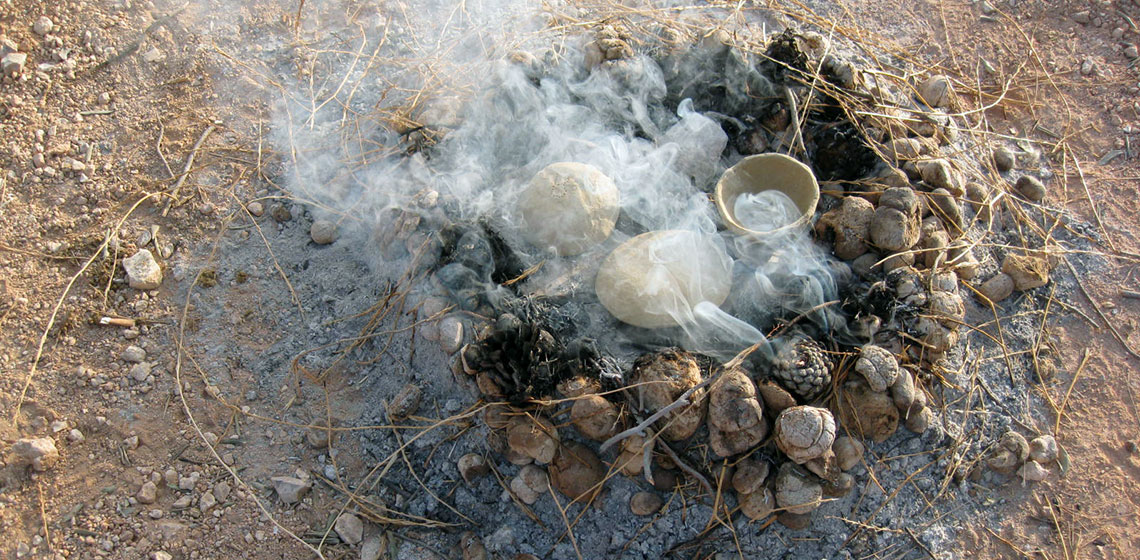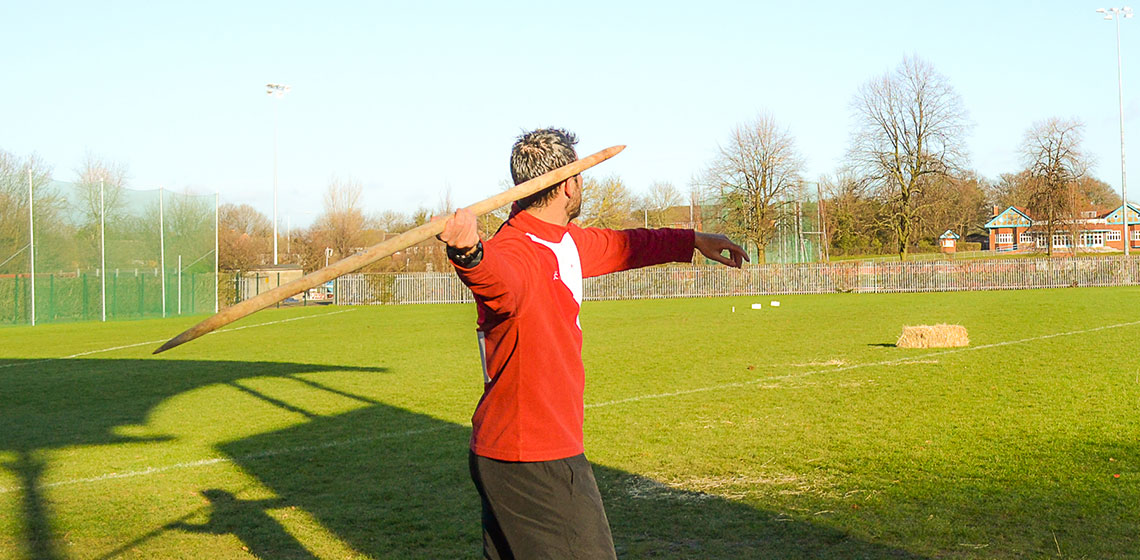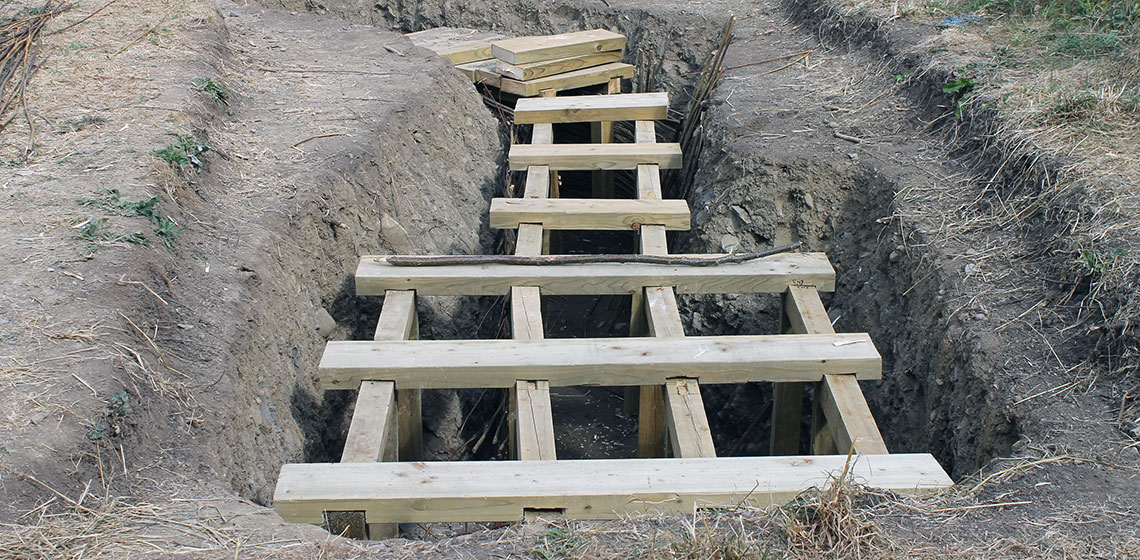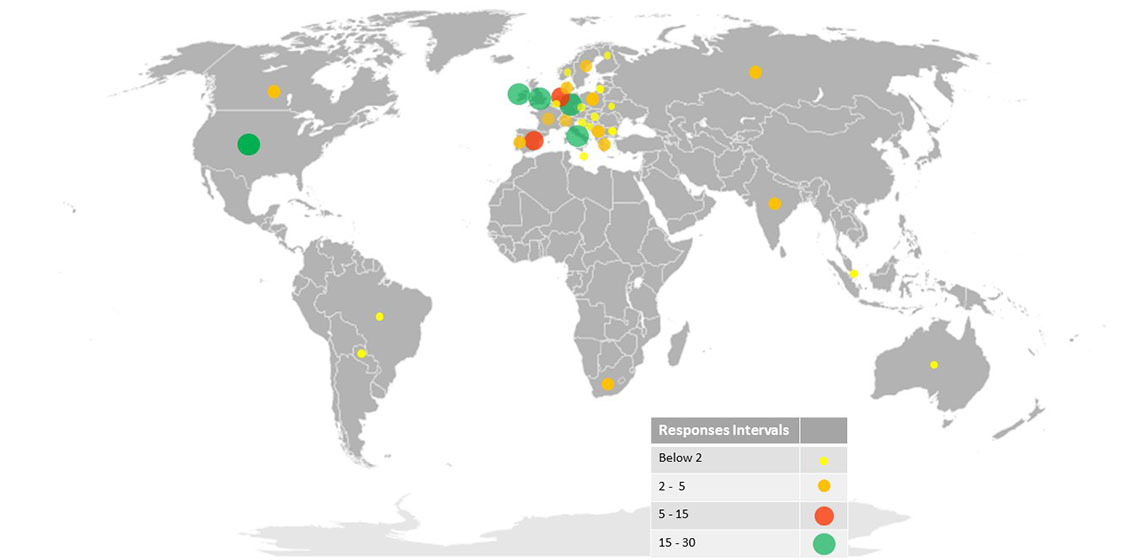South Ural State University (RU)
At the South Ural State University, based on the Scientific and Educational Center for Eurasian Studies, under the scientific supervision of Ivan Semyan, a comprehensive laboratory of experimental archaeology operates, which carries out international experimental research projects, and also studies and models the technologies of the ancient population of the Urals.
The laboratory is a member of the Archaeos Association representing a community of archaeologists, experimenters and reenactors. The consolidation of forces interested in modeling the phenomena and processes of the past allows the laboratory of experimental archaeology at SUSU to carry out a wide range of multidisciplinary tasks: scientific and popular science activities, creating museum displays and replicas of artifacts, educating pupils and students, and participating in tourism and charity projects.




